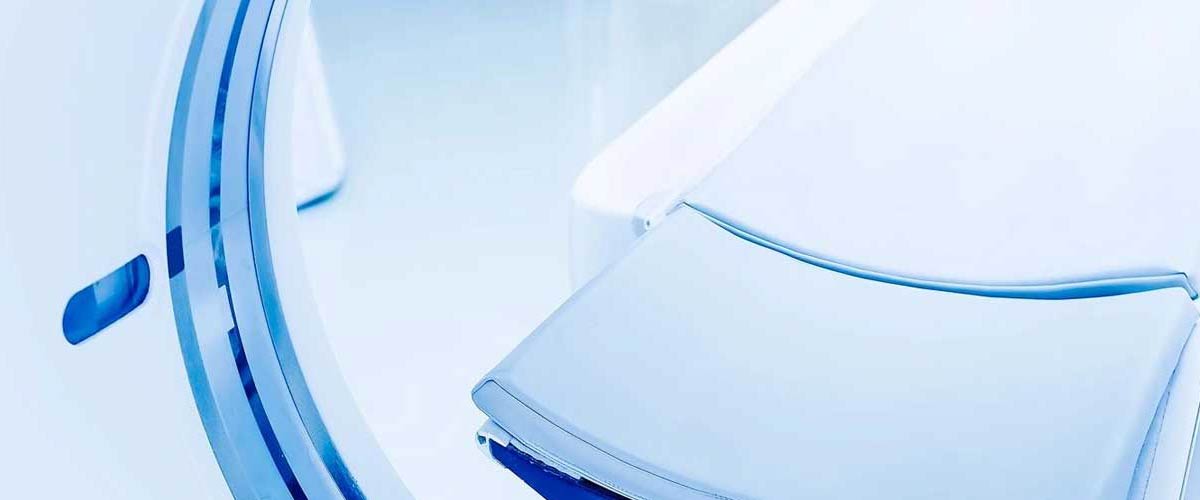What is a Bone Density/Dexa Scan?
Bone densitometry, also called dual-energy X-ray absorptiometry, DEXA or DXA, uses a very small dose of ionizing radiation to produce images of your back, hips, and in some cases, arms to measure bone loss. It is commonly used to diagnose osteoporosis, and to assess an individual’s risk for developing osteoporotic fractures. DXA is simple, quick, and noninvasive. It is also the most commonly used and the standard method for diagnosing osteoporosis.
How to prepare for a Dexa scan
This exam requires little to no special preparation. Avoid calcium supplements including multivitamins and tums for 24-hours prior to your exam. Tell your doctor and the technologist if there is a possibility you are pregnant, if you recently had a barium exam, or if you received oral contrast material for a CT exam.
What happens during a Dexa scan?
You will lie on a padded table. A large scanning arm will pass over your body. As the scanning arm is moved slowly over your body, a narrow beam of low-dose X-rays will be passed through the part of your body being examined. This will usually be your hip and lower spine to check for weak bones. But as bone density varies in different parts of the skeleton, more than one part of your body may be scanned. The forearm may be scanned if scans are not possible in the hip or spine. Some of the X-rays that are passed through your body will be absorbed by tissue, such as fat and bone. An X-ray detector inside the machine measures the amount of X-rays that have passed through your body. This information will be used to produce an image of the scanned area. The scan usually takes 10 to 20 minutes.

